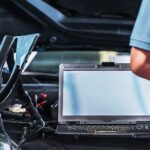European Cities Make Space for Electric Vehicle Charging
European cities are meeting the call to expand the electric vehicle charging network with some creative ideas — and versatile charging connectors — where space is tight.

The widespread adoption of electric vehicles has hit several bumps in the road. However, things are changing rapidly; sales in Europe more than doubled in 2021 over 2020, with 2,272,666 new EV registrations. Prices are coming down as unit volumes increase. Issues such as range anxiety have been addressed by technological advances. Today, the typical electric vehicle charging range, depending on weather conditions, is 161km to 482km (or 100 to 300 miles) and this is projected to increase to an average of 440km (273.4 miles) by 2030 as technologies continue to refine.
Improving the electric vehicle charging infrastructure so drivers use them for all trips, not just short journeys, is an ongoing goal. In Europe, particularly in cities, many homes do not have driveways or garages in which to charge the vehicles, so owners rely on public charging points. This can be more expensive than charging at home, but a bigger fear for some drivers is that a station might be hard to find in dense urban areas.
Some companies are tackling this problem by turning every street into multiple electric vehicle charging opportunities. To this end, street furniture, such as streetlamps and satellite bollards, have become part of the EV charging infrastructure. In one project, charging points have been embedded underground below the sidewalk outside of homes. Residents can park outside their homes and charge overnight without having to trail an extra-long cable through the house and across the sidewalk.
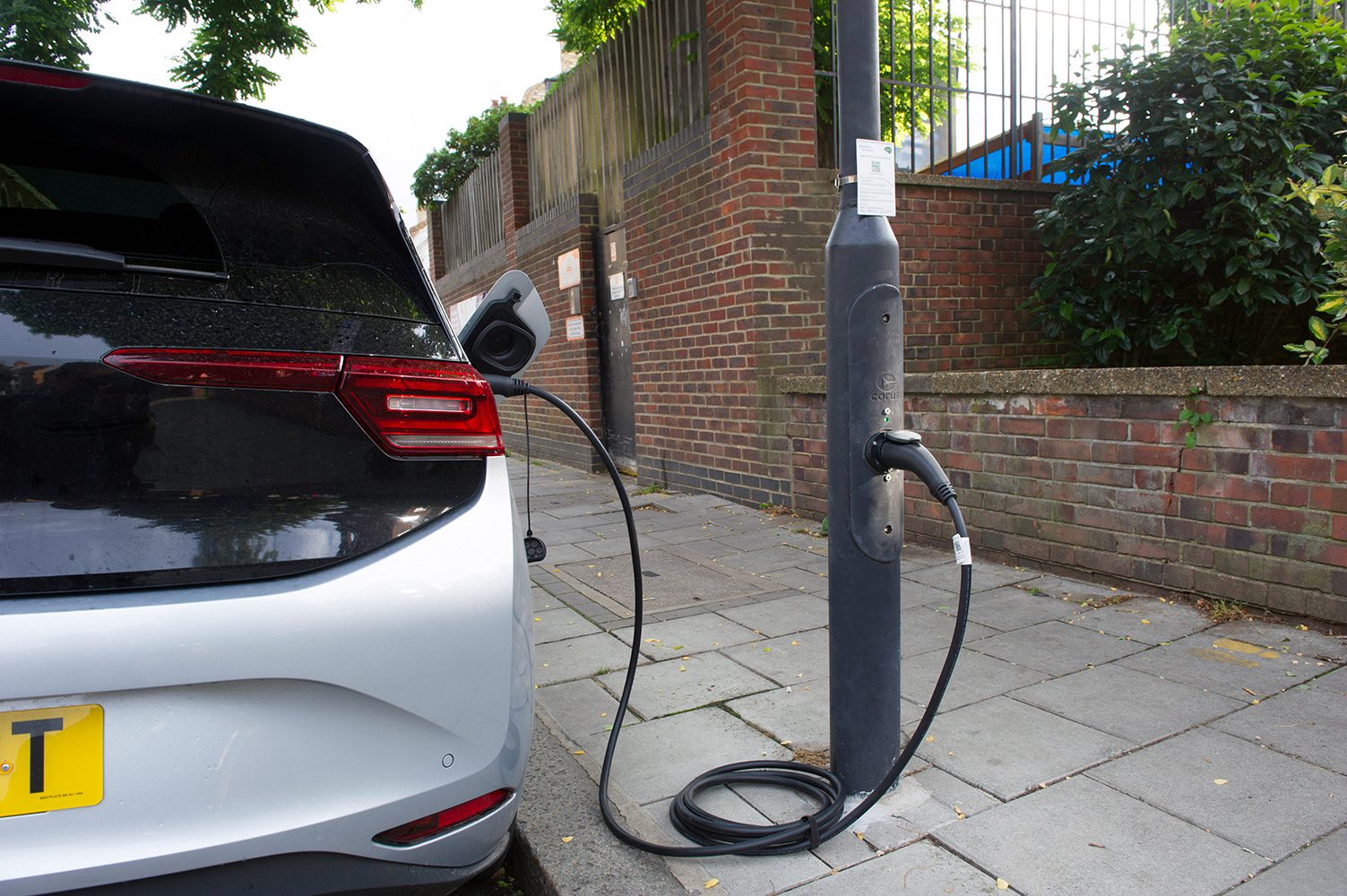
Figure 1: Street lamps in Chelsea, Southwest London, are being fitted with charge points by Ubitricity.
Ubitricity, a Berlin-based charging company acquired by oil company Shell in 2021, has ambitious plans to deliver charging options to city dwellers. It currently has around 3,600 charge points in bollards and lamp posts in the UK and has announced plans to increase this to 50,000 by 2025, or around one-third of the UK Committee for Climate Change’s recommendation for 150,000 public charging points across the UK by 2025. France, where Ubitricity also operates, wants to grow the 30,000 charging points it had in 2020 to seven million by 2030.
The design of EV and hybrid charging cables is well-established, with double-ended cables supplied with the vehicle and stored in the trunk of the vehicle for use in public charging stations. The charging connectors have a female connector for the vehicle side and a male connector for the charging infrastructure side.
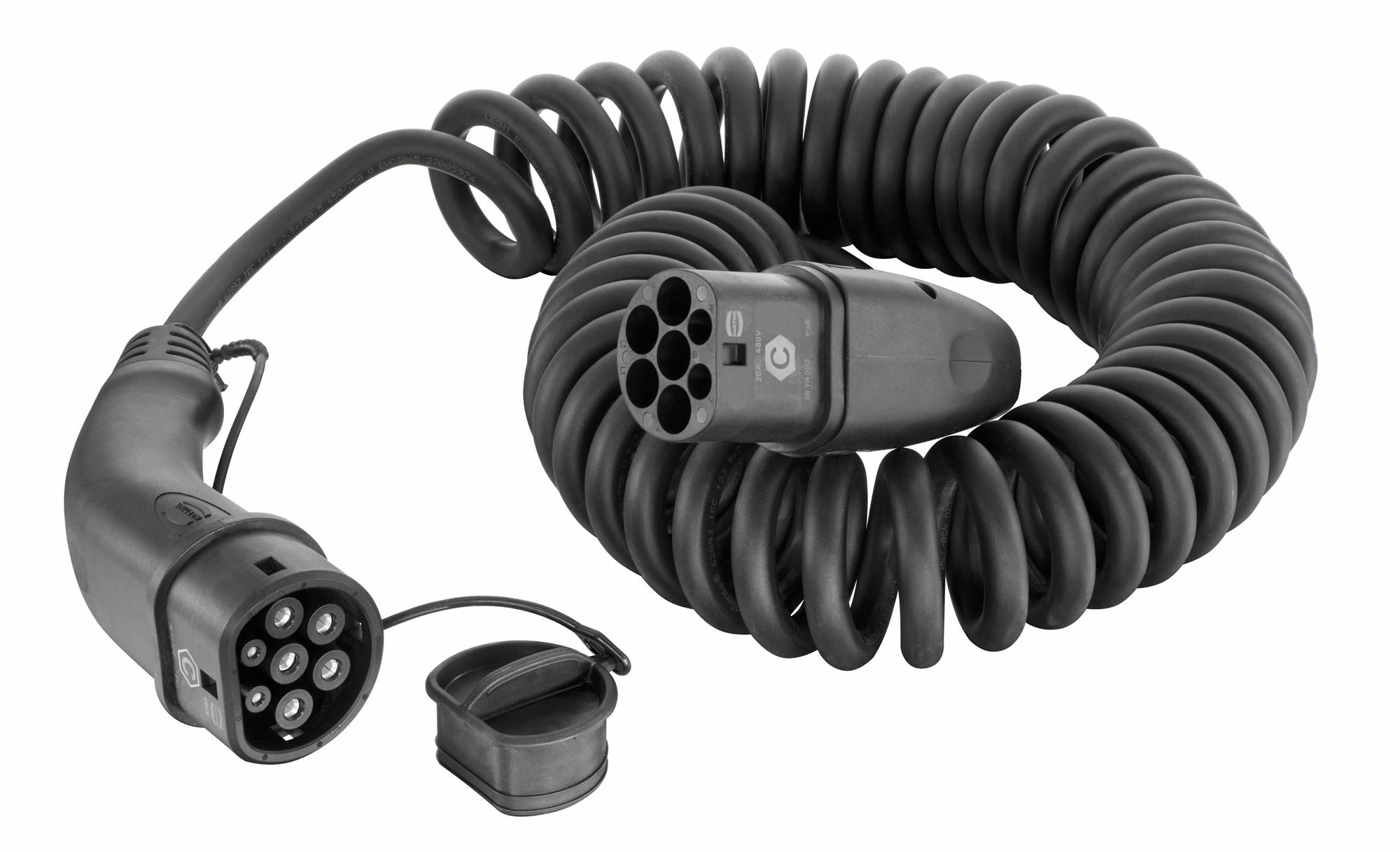
Figure 2: An example of a Type 2, 32A three-phase, double-ended spiral charging cable for EVs, by HARTING.
Cables can be single or three-phase, explained HARTING’s electric vehicle marketing manager (UK), Stuart Matthews. They are typically high voltage (230V and 400V in the UK) and will include a control pilot, power supply, and earth connection to the lamp post.
The control pilot ensures a sound connection. It performs a “handshake” operation to secure the lock using a motor or a solenoid to bolt into the plug. Safety is a major design factor, as the high voltages involved in charging EVs can present a hazard if the cable is unexpectedly disconnected mid-charge.
The cable is a conventional steel-wired armored (SWA) cable which is fed into the column of the streetlamp or other fixture. Typically, H07RNF rubber is used for the cable, although HARTING uses H07BZE polyurethane cable, said Matthews. Above all, the cables must be as durable as the connection is secure. Cables trailing from the vehicle to the charge point will be subjected to weather elements as well as vulnerable to vandalism. “The insulated cables have to be rugged against rain, snow, and the elements — including the sun, because of the UV elements in the charger. They also have to be ruggedized, because they may be driven over and they have to be hard to cut through,” he said.
The charging points fitted into lamp posts in the Ubitricity project have an output of 3.7 kW to provide approximately 15 km (9.3 miles) of range per charging hour. The company has also installed the Heinz lamppost-mounted charging system in Germany, where 40-60% of the urban population does not have access to a private parking space for charging their EVs. These are OCPP (Open Charge Point Protocol)-compliant charge points with payment via a smartphone app or RFID charging cards.
The company is also conducting a 12-month trial of two lamppost charge points in the Swiss city of Bern. The scheme is due to finish in March 2022, and the company will assess how best to use the existing infrastructure to expand the charging network.
In France, near the port town of Calais, Ubitricity developed the SimpleSocket Étoile charge points for lampposts and other street furniture. This design features a Type 2 outlet and the French Type E (also called CEE 7/5 or Schuko) recessed socket, with two earthing clips on either side of the interior to ensure the earth is always engaged before live pin contact in the charging connectors is established.
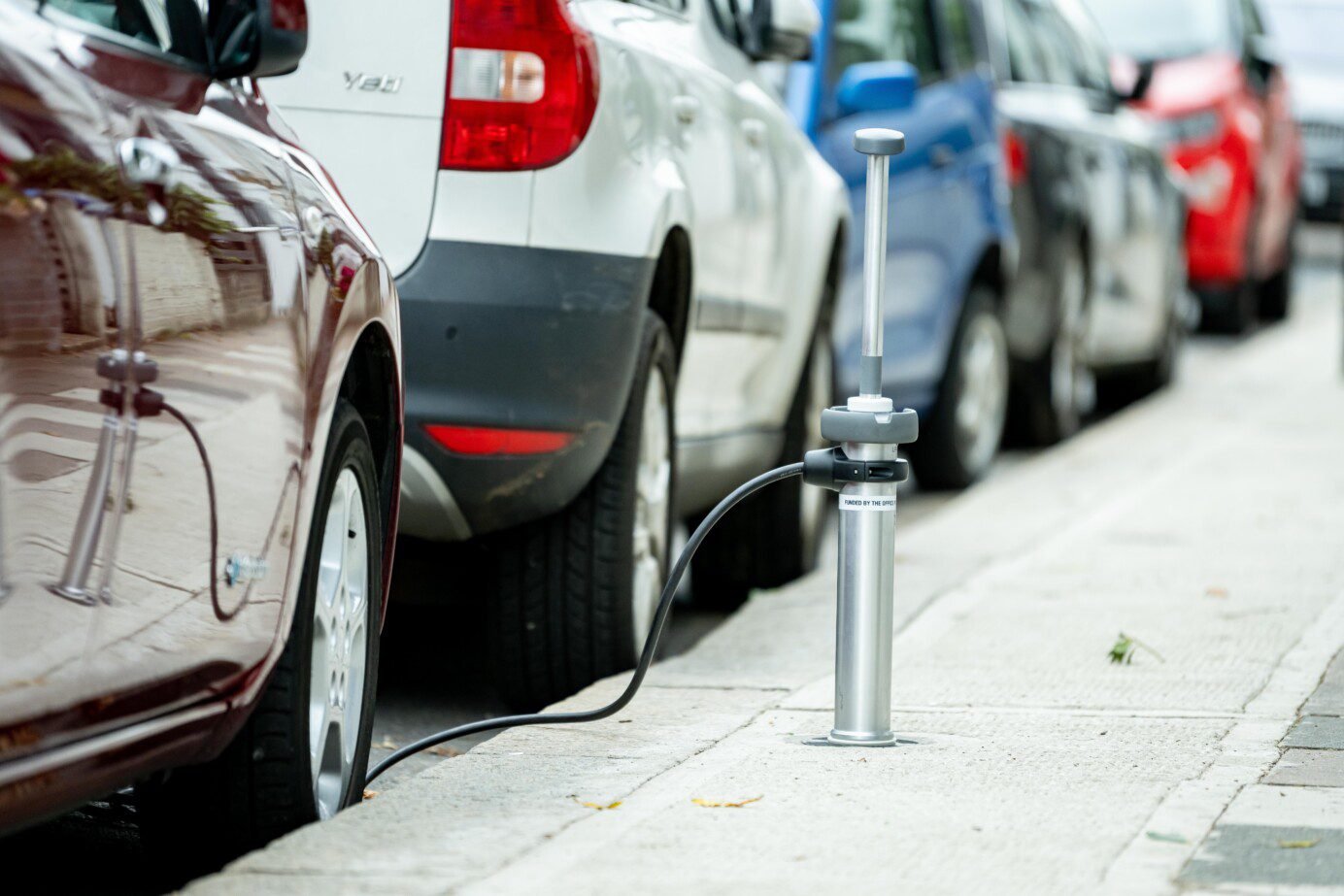
Figure 3: Trojan Energy’s charge points are embedded in the ground and accessed by residents for overnight charging.
Another approach is being taken by Scottish company, Trojan Energy. It is currently trialling a residential charging system where the charge point is located in the sidewalk outside the homeowner’s property. The homeowner has an aluminium “lance” fitted with either a Type 2 (Mennekes or IEC62196) or a Type 1 charging cable. (Most EVs in the UK use Type 2 but a Type 1, or Yazaki/J1772L lance is also available for use with older EVs.) The lance fits into the charge point for charging and when it is removed, the sockets are flush in the pavement (sidewalk). The charge point is sealed and takes up less valuable real estate in densely populated city streets than even lampposts do, said the company.
Later production models of the charge point will be fitted with an internal heating element so it does not freeze in cold weather.
“It is very exciting to see all the different innovations,” said Dawn Robinson, senior product manager for electrical connector supplier, PEI-Genesis. She is encouraged by the rise of companies providing charging solutions and sees young engineers implementing new ideas and green practices in their designs.
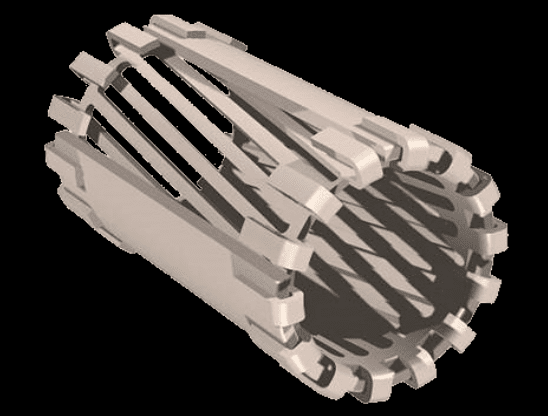
Figure 4: Amphenol Industrial has developed the hyperbolic geometry for high power, compact interconnection designs.
Mother is the necessity of invention, she continued, citing Amphenol Industrial Operations’ RADSOK (Radial Socket) technology as an example of one solution that meets the need for very high power in compact designs. It uses the tensile strength of a flat, high conductivity alloy grid, in a hyperbolic, stamped grid to maximize surface area engagement. Contacts must be able to achieve reliable, repeated positive mating and RADSOK is described as a robust, high-density contact which absorbs vibrations and shock and low insertion force.
In essence, wherever it is used, the design criteria for safe, reliable EV charging is 10,000 mating cycles as a generic expectation, said Matthews. To ensure public safety, charging connectors must not be able to be withdrawn under load and contacts must be able to withstand certain forces at the removal stage.
The necessity of available charging points is leading to some creative thinking and success rests on robust, reliable interconnection technologies. The connector industry is tapping a rich seam of innovation to bring charging to the masses.
To learn more about the connector supplier’s mentioned in this article, visit the Preferred Supplier pages for Amphenol Industrial Operations, HARTING, and PEI-Genesis.
Like this article? Check out our other articles on EVs and HEVs and power connectors, our Automotive Market Page, and our 2022 Article Archive.
Subscribe to our weekly e-newsletters, follow us on LinkedIn, Twitter, and Facebook, and check out our eBook archives for more applicable, expert-informed connectivity content.
- Matter: A Show of Unity for Connectivity - September 5, 2023
- Brexit Update: UK Connector Industry - March 28, 2023
- Sensors Make it Plain Sailing for a Smart Ferry - February 21, 2023
